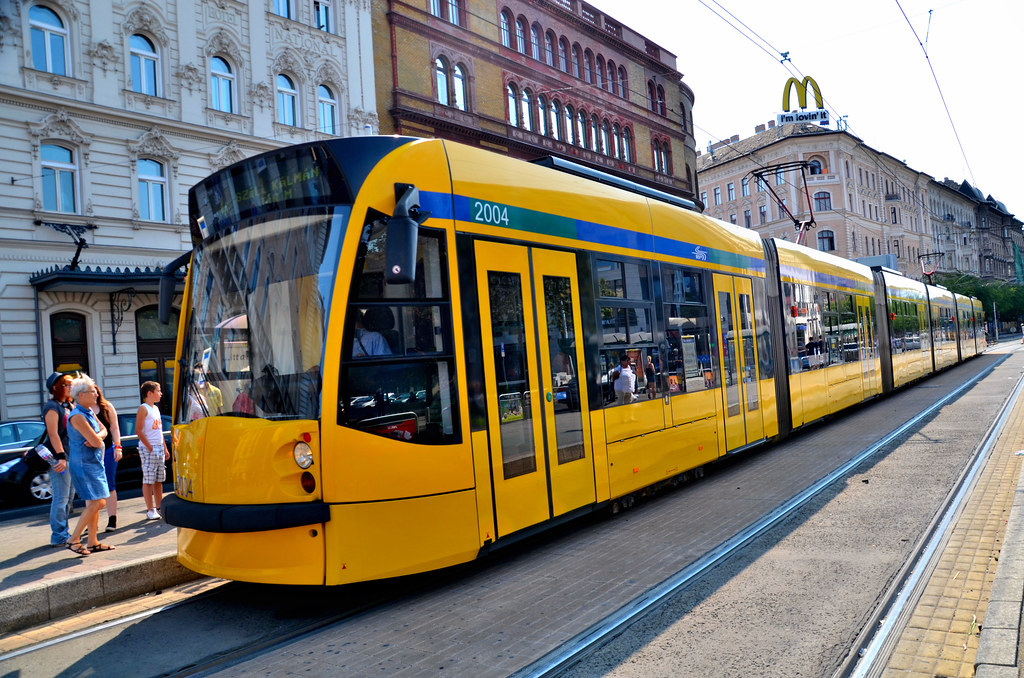Rainforest
Senior Member
With the line being grade separated between Mount Dennis and Don Mills, what do you think about elevating the rest of the line to keep it that way?
Besides the higher cost, I am concerned that it will cause a speed-capacity mismatch. The line will become so fast that it will switch some riders from the BD subway, and a lot from bus routes; but its capacity limit will remain in the 15,000 - 18,000 pphpd range even for automated operation, due to the station length and car width. It might get overloaded in the central section.
If the goal is to have a very fast, fully grade-separate transit on Eglinton, then it should have been subway; but the ship has sailed with LRT on board. With the LRT technology chosen, it is essential to maintain the ability to run short-turns in the central section, to keep the whole line with reasonable loads.







